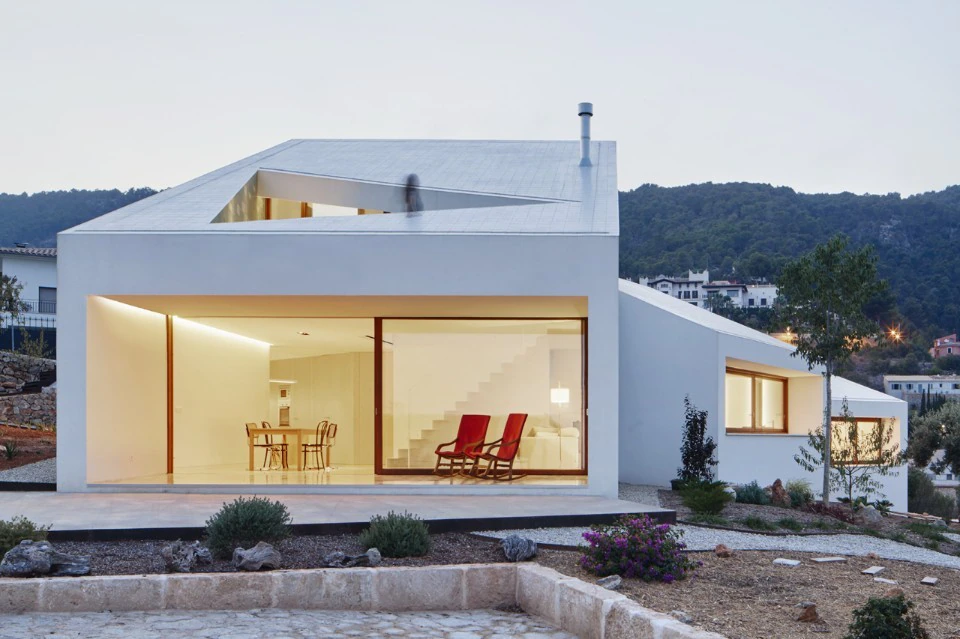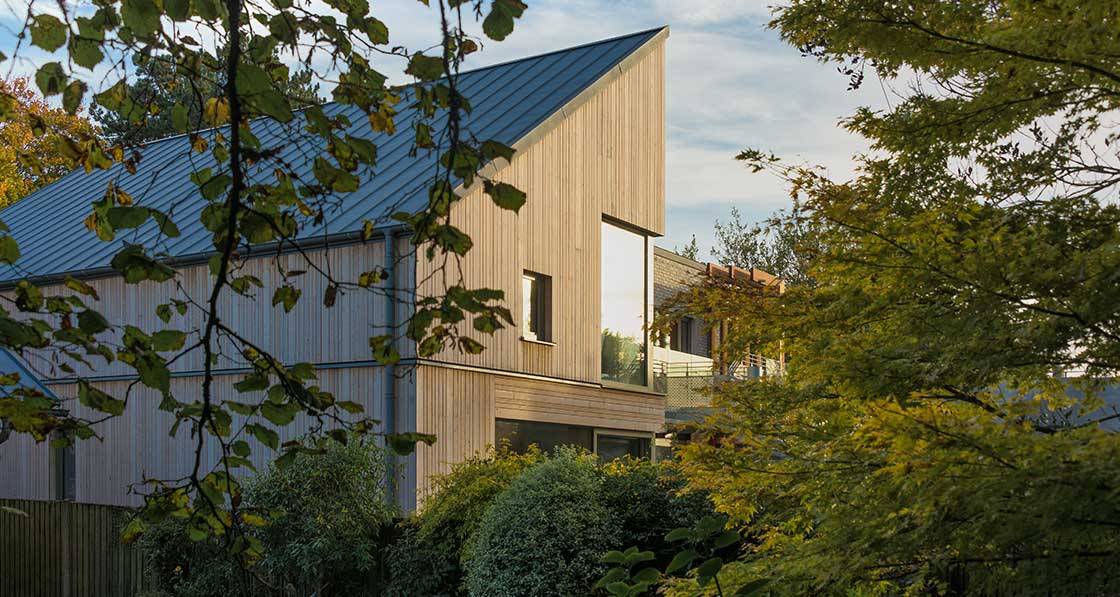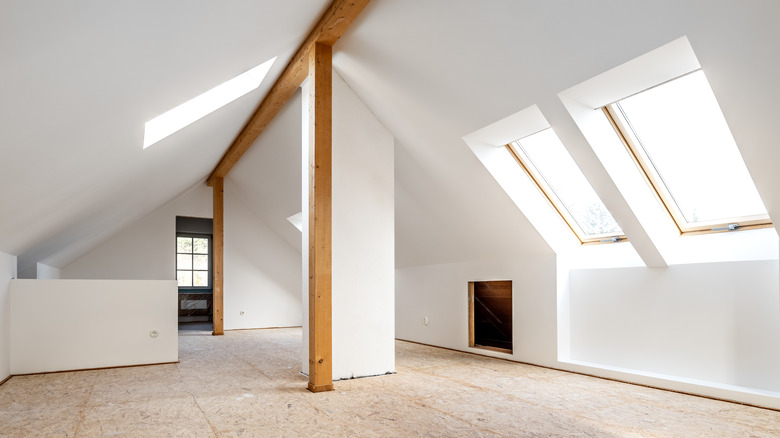The cost of building a passive house compared to a traditional home is a topic of interest for many prospective homeowners. The energy efficiency and long-term savings that come with a passive house often make it an appealing choice. However, the initial investment can be higher than that of a conventional home. This guide will delve into the cost differences and factors to consider when choosing between a passive house and a traditional home.
Before we delve into the financial aspects, it’s important to understand what a passive house is. A passive house is a type of building that is designed to be extremely energy efficient, reducing its ecological footprint. This is achieved through a combination of high-quality insulation, airtight construction, and advanced ventilation systems. For more information on the design aspects of passive houses, you can check out this article on ventilation design for passive homes.
Initial Investment: Building Costs
The initial cost of building a passive house can be higher than that of a traditional home. This is primarily due to the materials and technologies used in its construction, which are often more expensive than those used in conventional homes. However, these costs can vary greatly depending on the specifics of the project.
Long-Term Savings: Energy Efficiency
While the initial investment may be higher, the long-term savings that come with a passive house often make it a financially sound choice. Due to their energy efficiency, passive houses require significantly less energy for heating and cooling, leading to lower utility bills. Over time, these savings can offset the higher initial investment.
Considerations for Your Decision
When deciding between a passive house and a traditional home, it’s important to consider both the short-term and long-term costs. While the initial investment may be higher for a passive house, the long-term savings can make it a more cost-effective choice in the long run. Additionally, passive houses offer a range of non-financial benefits, such as improved comfort and a reduced environmental impact.
For more detailed information on passive houses, you can visit this descriptive guide on passive houses.
Conclusion
In conclusion, while the initial costs of a passive house may be higher than a traditional home, the long-term savings and environmental benefits often make it a worthwhile investment. If you’re considering building a passive house, it’s important to do your research and consider all the costs involved. To help you save energy and reduce costs, consider investing in a solar cam or explore ways to save versus traditional energy.





